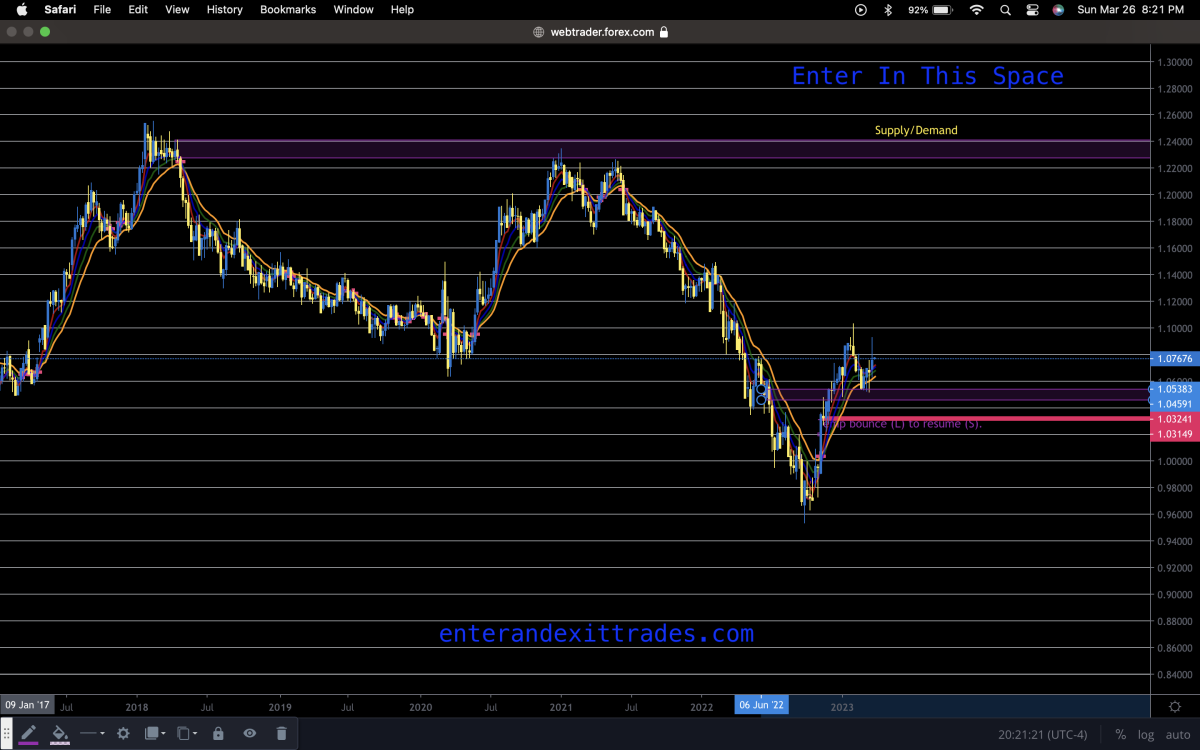
Supply and demand with forex trading is a concept that underpins many aspects of economics and finance, including the foreign exchange market. In forex trading, understanding supply and demand can help traders make better investment decisions and improve their profitability.
Here’s a guide on how to use supply and demand in forex trading:
What is Supply and Demand? Supply and demand is the basic principle of economics that explains how prices are determined in a market. When there is more demand for a product than the available supply, prices will go up. Conversely, when there is more supply than demand, prices will go down.
In forex trading, supply and demand refers to the levels at which buyers and sellers are willing to trade a currency pair. The level of supply and demand for a currency pair can be observed through the use of price charts and technical indicators.
Identifying Supply and Demand Levels
To identify supply and demand levels in forex trading, traders must look at price charts and identify areas where price has previously turned. These areas can be identified through the use of support and resistance levels, which are price levels at which traders are willing to buy or sell a currency pair.
When there is more demand than supply for a currency pair, price will tend to bounce off support levels and move higher. Conversely, when there is more supply than demand, price will tend to bounce off resistance levels and move lower.
Using Supply and Demand in Forex Trading
Traders can use supply and demand levels to make better trading decisions in several ways. For example:
- Identifying potential entry and exit points: Traders can use support and resistance levels to identify potential entry and exit points for trades. If a trader believes that a currency pair is likely to bounce off a support level, they may consider buying the currency pair. If they believe that a currency pair is likely to bounce off a resistance level, they may consider selling the currency pair.
- Confirming trend direction: Traders can use supply and demand levels to confirm the direction of a trend. If price is consistently bouncing off support levels and moving higher, this suggests that there is more demand than supply for the currency pair, indicating an uptrend. Conversely, if price is consistently bouncing off resistance levels and moving lower, this suggests that there is more supply than demand for the currency pair, indicating a downtrend.
- Managing risk: Traders can use supply and demand levels to manage their risk. By placing stop-loss orders below support levels when buying a currency pair or above resistance levels when selling a currency pair, traders can limit their potential losses if the trade goes against them.
Conclusion
Supply and demand is a fundamental concept in forex trading that can help traders make better investment decisions and improve their profitability. By identifying supply and demand levels through the use of price charts and technical indicators, traders can identify potential entry and exit points, confirm trend direction, and manage their risk. It’s important to remember that no trading strategy is foolproof, and traders should always manage their risk and use sound money management practices when trading.
Have questions about using supply and demand in your trading? We love helping new forex traders taking it to the next level.
